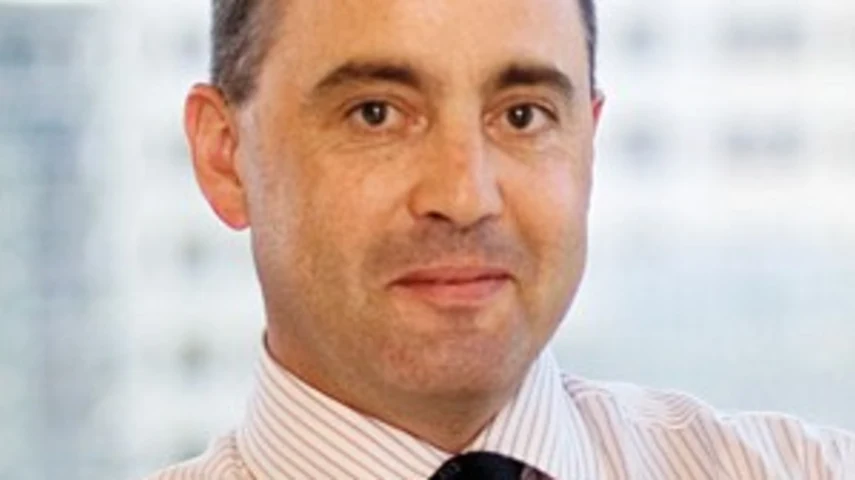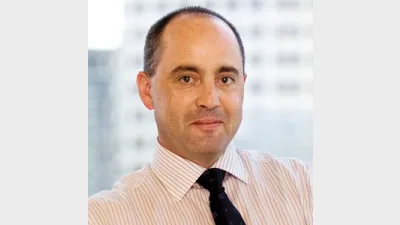Downside focus creates upside



Depth across a number of asset classes and strong stock selection in Australian equities, Australian small caps and fixed income has led to Schroder continuing its winning ways in the multi-sector category in the Money Management/Lonsec Fund Manager of the Year awards.
Lonsec said Schroders’ asset allocation capabilities and risk management framework, which is heavily focussed on downside risk management, were key contributors to the win.
Schroder head of fixed income and multi-asset Simon Doyle said the fund had shied away from emerging markets as these were beginning to under-perform and had become over-owned and expensive.
“The challenge of the last 12 months was how to respond to market conditions surrounded by fragile economies and the distortion of economic policies which saw quantitative easing moving people into risky assets,” Doyle said.
“We still held risk but only in areas where we saw it would be rewarded, which is why we remained in equities and continued to invest in Europe and the United States where the latter is becoming a centre of stimulus and has had less focus on austerity.”
Perpetual head of diversified strategies Michael Blayney said efforts to keep risk in the lowest quartile - and an overweight position in Australian equities - were the reasons for the Perpetual Balanced Growth Fund gaining a place as a finalist.
“We saw Australian equities as being cheap in late 2011 and took a strong position in them, which benefitted us in 2012 with the growth of that asset class. Alternatives were also a differentiator, and we invested in commercial mortgages and private debt as well as infrastructure to protect the downside and boost returns.”
Blayney said that although the fund team was relatively small at three members, it was able to draw on the wider resources of Perpetual’s investment teams who performed well across the board, thereby building and contributing to the fund’s performance.
Focusing on expectations within the market and not past history - and leaning toward local real assets - contributed to the success of the Legg Mason Balanced Trust taking a place as a finalist, according to Legg Mason Australian Equities chief investment officer Reece Birtles.
“We focussed on those areas where we held reasonable views and drew on expertise in Legg Mason to provide further insights, and so we had strong sources of alpha from a number of places,” he said.
Birtles said the fund was well ahead of benchmark and in a low-interest rate environment was underweight global debt. It also shifted allocations to real assets such as listed property and utilities.
“We wanted to maintain our discipline on returns so we had to consider how much we invested onshore and how much in global investments. This meant being overweight local equities compared with global bonds, which added value and led to the strong performance of the fund.”
Recommended for you
LGT Wealth Management is maintaining a neutral stance on US equities going into 2026 as it is worried whether the hype around AI euphoria will continue.
Tyndall Asset Management is to close down the Tyndall brand and launch a newly-branded affiliate following a “material change” to its client base.
First Sentier has launched its second active ETF, offering advisers an ETF version of its Ex-20 Australian Share strategy.
BlackRock has revealed that its iShares bitcoin ETF suite has now become the firm’s most profitable product line following the launch of its Australian bitcoin ETF last month.











